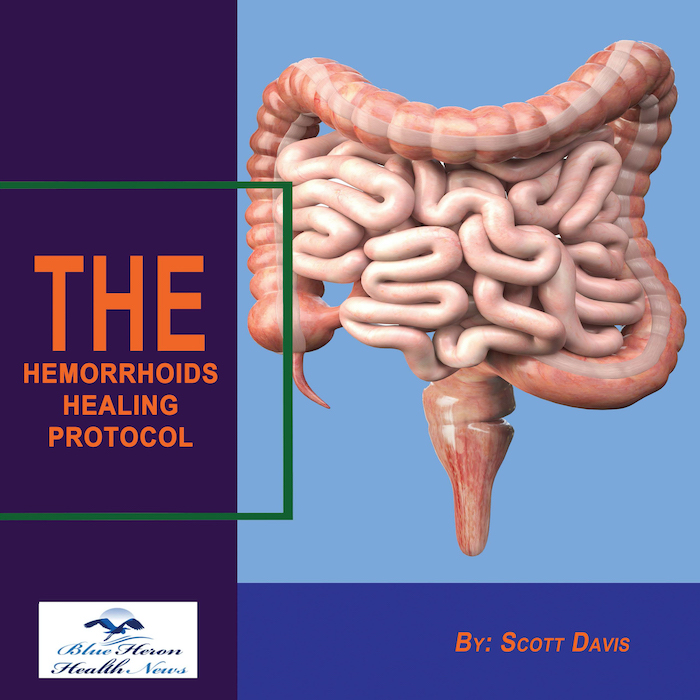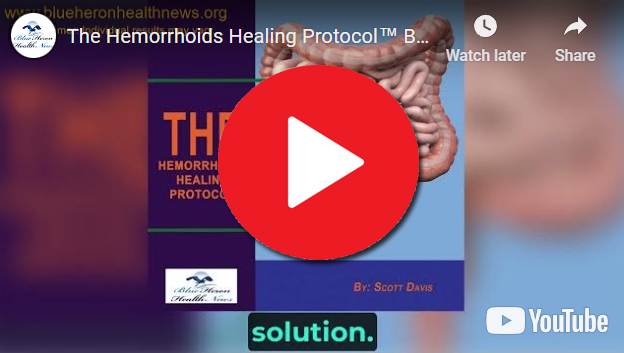
The Hemorrhoids Healing Protocol™ By Scott Davis Hemorrhoid healing protocol is a three-week online program that helps in treating and reducing hemorrhoids. It teaches gentle recipes and movements, natural and effective remedies that help in treating hemorrhoids.This program is not like the usual prescription medicines, it is a hell of a lot more than just those drugs. It focuses more on elevating the two main not so good habits that are connected to the Hemorrhoids. Overall the sole motive of this program is to remove the problem from its root instead of just treating the symptoms.
What is hemorrhoidectomy?
A hemorrhoidectomy is a surgical procedure used to remove severe hemorrhoids that do not respond to other forms of treatment, such as dietary changes, medications, or minimally invasive procedures. It is typically reserved for third-degree and fourth-degree hemorrhoids, which are more advanced and prolapsed, meaning they protrude outside the anus and may require surgical intervention to relieve symptoms and prevent complications.
Types of Hemorrhoidectomy
There are a few different techniques for performing a hemorrhoidectomy, depending on the severity of the hemorrhoids, the patient’s condition, and the surgeon’s preference:
- Traditional Hemorrhoidectomy (Excisional Hemorrhoidectomy):
- In this approach, the surgeon removes the entire hemorrhoidal tissue, including the swollen blood vessels, using a scalpel or scissors.
- This method is considered the most effective for large or prolapsed hemorrhoids and offers the highest chance of long-term relief.
- Stapled Hemorrhoidopexy:
- In this technique, a special stapling device is used to remove the hemorrhoidal tissue and then reattach the remaining tissue back in place.
- This method involves fewer cuts and generally results in less pain and faster recovery compared to traditional excisional hemorrhoidectomy.
- However, stapled hemorrhoidopexy may not be suitable for severe hemorrhoids or cases with significant tissue prolapse.
- Laser Hemorrhoidectomy:
- This technique uses a laser to burn off or vaporize the hemorrhoidal tissue.
- While it can be effective, it is not as commonly performed as traditional excision or stapling methods. It is often used for smaller hemorrhoids or in patients who cannot tolerate other methods.
How a Hemorrhoidectomy Works:
- Anesthesia: The procedure is typically performed under general anesthesia, though it can sometimes be done with regional anesthesia (spinal or epidural). The patient is completely asleep and pain-free during the surgery.
- Incision and Removal: The surgeon makes incisions around the hemorrhoid area and removes the hemorrhoidal tissue.
- Closing the Wounds: Depending on the technique used, the incisions may be stitched closed (in excisional hemorrhoidectomy) or left open with the tissue stapled in place (in stapled hemorrhoidopexy).
- Duration: The procedure typically lasts about 30-60 minutes, depending on the severity of the hemorrhoids.
Benefits of Hemorrhoidectomy:
- Effective for Severe Hemorrhoids: Hemorrhoidectomy is highly effective in treating advanced hemorrhoids (third and fourth-degree hemorrhoids), which may not improve with other non-surgical treatments.
- Long-Term Relief: For patients with severe hemorrhoids, hemorrhoidectomy offers a high success rate for long-term symptom relief and prevention of recurrence.
- Prevention of Complications: Severe hemorrhoids can cause significant discomfort, bleeding, prolapse, and risk of clot formation (thrombosis). Surgical removal can help prevent complications like chronic bleeding and infection.
Risks and Complications:
While hemorrhoidectomy is generally safe, it is a more invasive procedure, and there are risks associated with it:
- Pain: Postoperative pain is one of the most common complaints after a hemorrhoidectomy. Pain management is crucial, and patients are typically prescribed pain medications to control discomfort.
- Bleeding: Some bleeding during or after the procedure is normal, but excessive bleeding can occur, requiring medical attention.
- Infection: As with any surgery, there is a risk of infection at the incision sites, though this is generally low with proper care.
- Urinary Retention: Some patients may experience difficulty urinating after the procedure due to the effects of anesthesia or swelling.
- Stenosis: In rare cases, scarring from the surgery can cause narrowing (stenosis) of the anal canal, which may require further treatment.
- Delayed Healing: The recovery process can take several weeks, and it may take time for the wounds to fully heal.
Recovery:
- Initial Healing: The first few days after a hemorrhoidectomy can be painful, and patients may need to take prescribed pain medications. Swelling, discomfort, and minor bleeding are common.
- Postoperative Care: Patients are advised to keep the surgical site clean and avoid straining during bowel movements. Sitz baths (sitting in warm water) may help relieve pain and promote healing.
- Dietary Adjustments: A high-fiber diet is recommended to soften stools and reduce straining during bowel movements. Stool softeners or laxatives may also be prescribed.
- Activity Restrictions: Strenuous activities, heavy lifting, and prolonged sitting should be avoided during the initial recovery period. Most patients can resume normal activities within 1-2 weeks, though complete healing may take up to 4-6 weeks.
Alternatives to Hemorrhoidectomy:
For less severe hemorrhoids, other treatments may be more appropriate:
- Rubber Band Ligation: A non-surgical procedure where a rubber band is placed around the base of the hemorrhoid to cut off blood flow, causing it to shrink and fall off.
- Infrared Coagulation (IRC): A minimally invasive technique that uses infrared light to shrink hemorrhoidal tissue.
- Sclerotherapy: A chemical solution is injected into the hemorrhoidal tissue to shrink it.
- Hemorrhoidal Artery Ligation: A procedure that involves tying off the arteries that supply blood to hemorrhoids.
In Summary:
A hemorrhoidectomy is a surgical procedure used to remove severe or prolapsed hemorrhoids that cannot be treated effectively with non-surgical methods. It offers significant long-term relief, especially for advanced cases, but comes with some risks, including pain, bleeding, and a longer recovery period compared to non-invasive treatments. However, it is generally very effective for treating persistent and troublesome hemorrhoids.

The Hemorrhoids Healing Protocol™ By Scott Davis Hemorrhoid healing protocol is a three-week online program that helps in treating and reducing hemorrhoids. It teaches gentle recipes and movements, natural and effective remedies that help in treating hemorrhoids.This program is not like the usual prescription medicines, it is a hell of a lot more than just those drugs. It focuses more on elevating the two main not so good habits that are connected to the Hemorrhoids. Overall the sole motive of this program is to remove the problem from its root instead of just treating the symptoms.

